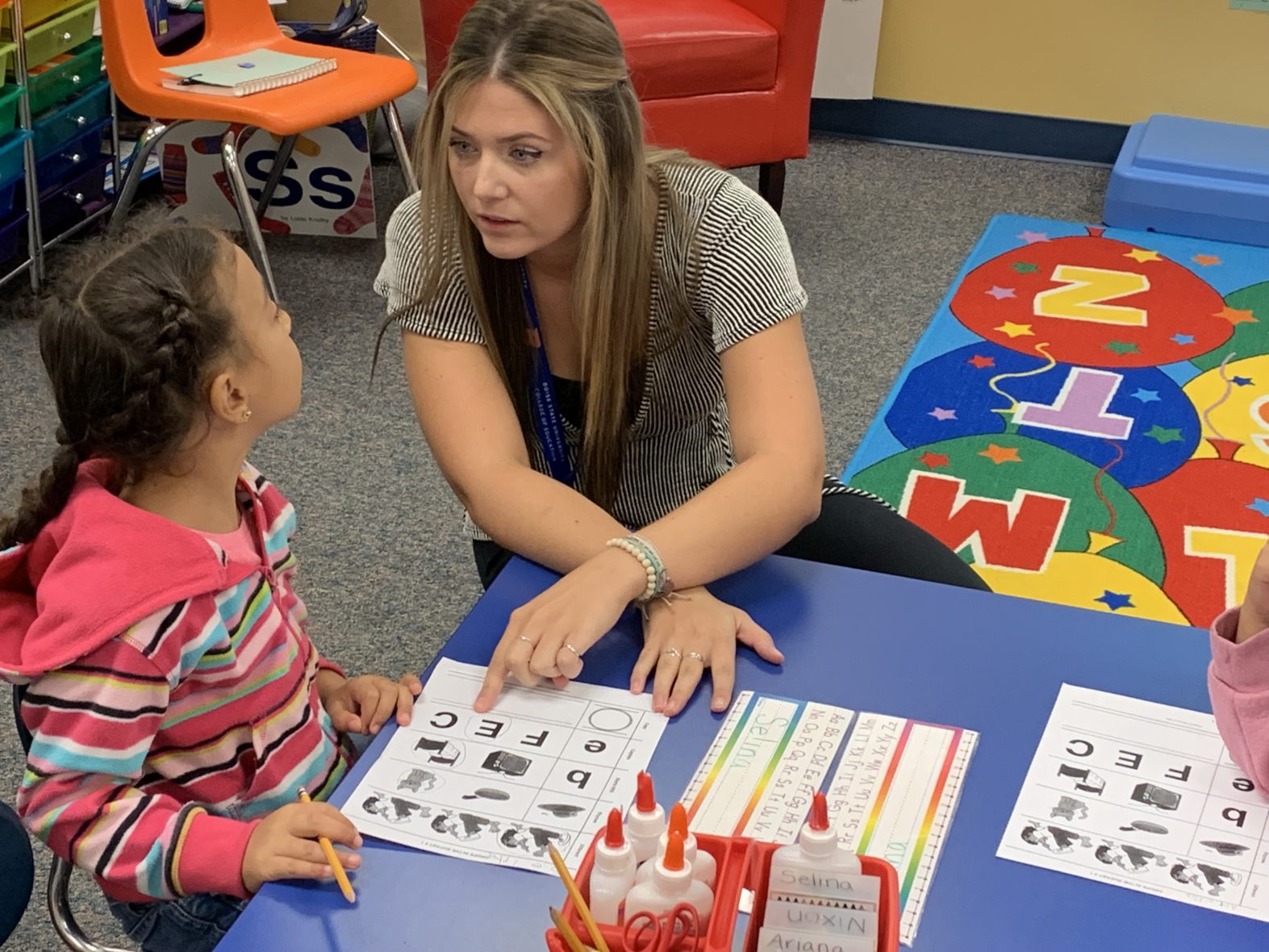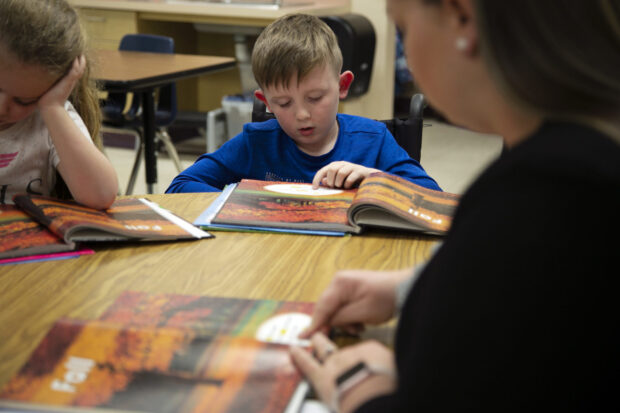Every fall, school districts and charter schools have to explain how they spend their literacy money.
They also have to set goals, though some schools seem to take goal-setting more seriously than others.
Through a public records request, Idaho Education News obtained more than 160 literacy plans for Idaho districts and charters. Here are the takeaways.
The budgets
Districts and charters are continuing to put most of their literacy money into salaries for staff, such as instructors and reading coaches.
- West Ada, Idaho’s largest school district, will spend the bulk of its $2.1 million on staff, including two literacy coaches and nine certified reading specialists.
- The Boise School District will receive about $1.9 million, using most of it for a staff of 27 full-time reading specialists.
- Meridian’s Compass Public Charter School, which posted the highest scores in the state on the fall Idaho Reading Indicator, will use its entire $36,900 to hire reading paraprofessionals, assistants who work with certified teachers.
- In Riggins, the Salmon River School District will put its $11,475 toward hiring a paraprofessional.
Hiring extra help is not new. When Boise State University researchers studied the 2017-18 literacy budgets, they concluded that 71 percent of the money went into personnel. (Back then, the state was spending about $11 million on literacy, much less than the current $26 million. Boise State will release a followup study early next year.)
There are a few wrinkles.

Many charters and small districts — such as Compass and Salmon River — don’t receive enough literacy money to hire even one teacher at Idaho’s minimum salary of $38,500. So it’s commonplace for these schools to hire paraprofessionals, sometimes on a part-time basis, to support their full-time teachers.
Some districts use literacy money to staff all-day kindergarten, supplementing state funding that covers only half-day kindergarten. Caldwell is using much of its $795,000 to add nearly a dozen full-time kindergarten teachers. The tiny Cambridge district, meanwhile, puts its entire $15,975 into full-day kindergarten.
Schools have broad spending discretion, however. They can spend literacy dollars for licenses for online learning materials, teacher training or student busing.
Or numerous other purposes.
Southeast Idaho’s Marsh Valley School District is putting none of its $109,000 into personnel. The district — which posted some of the state’s strongest improvements on the 2018-19 IRI — will spend almost half of its money to equip 165 of its students with laptops or tablets.
Boise will spend $157,050 on scholarships, to allow 80 at-risk students to attend all-day kindergarten. The money would go to families that cannot afford Boise’s tuition-based all-day kindergarten.
West Ada carved out a $340,000 reserve account “to replenish building funds and to replicate programs the data indicates are highly effective,” according to its literacy plan.

The goals
The state expects districts and charters to set goals for the spring 2020 IRI.
These targets vary widely.
Caldwell wants 70 to 75 percent of kindergarten through third-grade students reading at grade level. That would represent a remarkable turnaround. This spring, only 51 percent of Caldwell’s students were reading at grade level.
Other targets are modest.
Boise hopes to improve its scores by 5 percentage points across the board — which would more or less bring the district in line with state averages. After scoring above state IRI averages last year, West Ada hopes to improve kindergarten and first-grade scores by a couple of percentage points, while holding the line in the upper grades.
And other goals can hardly be considered goals at all.
The Magic Valley’s Bliss School District wants 50 percent of its students reading at grade level. In North Idaho’s Whitepine School District, the goal is 60 percent. But both districts posted big improvements during the previous school year; 67 percent of Bliss students and 79 percent of Whitepine students finished at grade level.
In other words, their 2020 goals fall below their 2019 performances.
Bliss administrators did not respond to requests for comment. Bruce Bradberry — Whitepine’s new superintendent, who came out of retirement in July to lead the district on a part-time basis — said it would take time to research the reasons behind the reading target.
“We’ll just leave it for now at, ‘We don’t know why that goal was stated,’” Bradberry said in an email Friday.
The State Board of Education collects these reports, but it has no authority to make districts or charters change their goals. The State Board will point out goals that are lower than scores from the preceding year. Some school leaders ratchet up their goals, while others refuse to do so, said Tracie Bent, the board’s chief planning and policy officer.
“There’s nothing of a quality review of is this is a good plan or a bad plan,” State Board president Debbie Critchfield said.
Critchfield prefers a different method of holding schools accountable. She wants schools and administrators graded on IRI improvements, when compared to schools with similar demographics. This is one recommendation from Gov. Brad Little’s K-12 task force, which finished its work in November; Critchfield co-chaired this task force.
Idaho’s reading challenge: This series at a glance
Day One
Reading realities: Idaho plays catchup
Following the dollars, defining success
Day Two
What’s working? School success stories
Idaho’s daunting demographic hurdles
Day Three
Testing kids, and seeking answers
Early education expands across Idaho
Day Four
Reading policy and reading politics
